By Ray Denkhaus
By the summer of 1942, the venerable and battle-proven Messerschmitt 109E was all but replaced by the improved Me-109F in front-line units. The “F” type was the natural progression in what was to be a continual attempt of the Luftwaffe to upgrade the Me-109 to stay ahead of newer Allied types. The Me-109F was never the most numerous version of this aircraft nor was it the most heavily armed. But once early teething problems were addressed, it was one of the most effective fighters to see combat.
Redesigning the F-Series
Redesigned and boasting a beefed-up engine, the F series also featured a larger wing area with rounded tips. Gone were the obsolete and antique-looking tail struts, the small propeller spinner, and the wing-mounted cannon. Offensive armament was slightly reduced in the F model to twin cowl-mounted 7.9mm (later models carried 15mm guns) MG 17 machine guns, and a single nose-mounted 15 or 20mm MG 151 cannon. Power was derived from the proven Daimler-Benz DB601E 1300 hp engine in an inverted V12 configuration that put maximum performance at 390 mph. Over the southern front of Russia, in 1942 Luftwaffe I, II, and III/JG 3 (V Fliegerkorps) flew the new Me-109Fs against the hard-pressed Soviet forces.
By June 1942, the German army and air force were poised to drive south in their attempt to complete the capture of the Kerch peninsula. Their summer offensive would require the conquest of Sevastopol, key to the Crimea. When operations against the city began all available Me-09Fs were committed to the offensive. The Luftwaffe averaged six hundred sorties a day above the city, increasing to seven hundred by the day the city finally fell.
Yakovlev’s First Red Army Military Aircraft
Rising up to meet the German attackers was a hodgepodge of Red Army aircraft, the most modern of which was the Yakovlev Yak-1, the first military aircraft from the designers headed by Aleksandr S. Yakovlev. It was to be the foundation for a growing family of low- to medium-altitude fighters that would provide more than 58 percent of all Soviet fighters built during the war.
By Western standards the Yak-1 was poorly built and equipped and was seriously lacking in refinements. To save on strategic materials, the wing was built in one piece, a wooden structure with plywood skin covered with varnished fabric. Early models were devoid of creature comfort and lacked even crude radios. Communication between pilots was reduced to wing wagging and visual hand signals.
Simple to Construct and Maintain
Despite their shortcomings, Yaks were simple to construct and easy to maintain under difficult conditions. They were exceptionally stable in the air at any speed and had uncanny controllability during steep angle attacks.
Moving their aircraft factories east of the Ural Mountains to be out of range of Axis bombers, the Soviets built over 8,700 Yak-1s before production shifted to improved types. The principal power plant was a 1260 hp M-105PF 12-cylinder engine giving it a top speed of 336 mph at 13,000 ft.
Technically Inferior, but Battle-Capable
The Yak-1 was the personal aircraft of several great Soviet aces, such as Senior Lieutenant M.D. Baranov and Hero of the Soviet Union Sergei Lugansky. Yak-1s carried one ShVak 20mm (0.79-in.) cannon firing through the propeller hub, and two 7.62mm (0.30-in.) ShKas machine guns in the cowl (later replaced with a single heavy-caliber 12.mm (0.5-in.) UB machine gun). The last model built was the Yak-1M. Then assembly was changed over to the newer and more potent Yak-3.
Technically inferior to the Me-109F and rushed into combat as a stop-gap fighter, the Yak-1 nevertheless demonstrated to the world that Russia was capable of fielding a competent aircraft. In the skilled hands of the devoted and determined Russian pilots, the Yak-1s scored victories out of all proportion to their numbers.
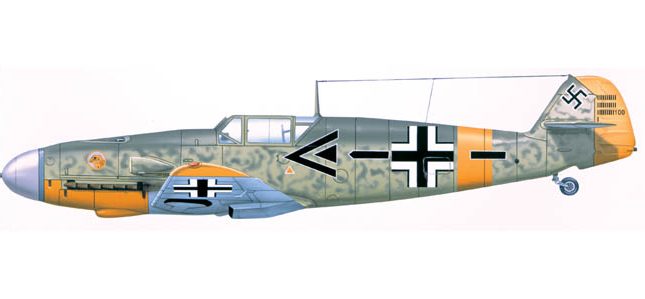

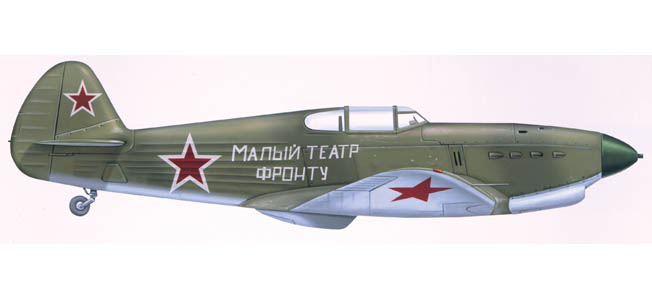
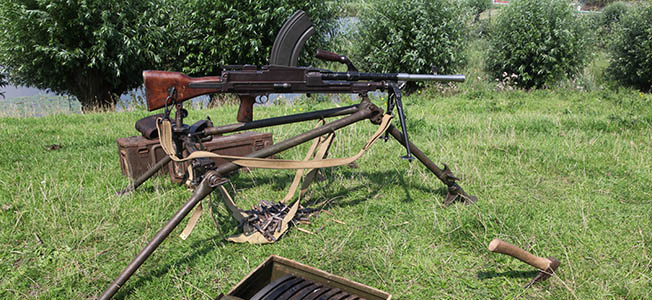
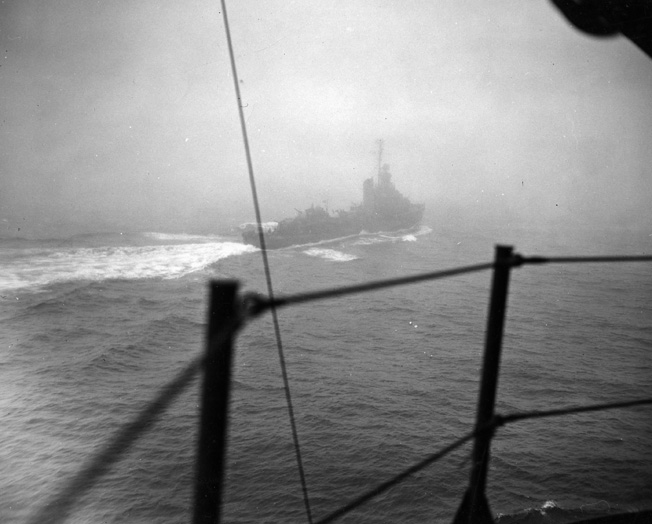
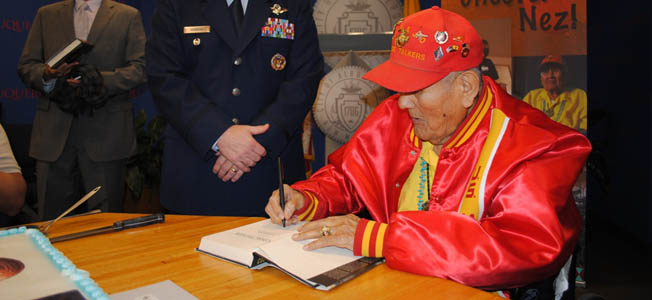
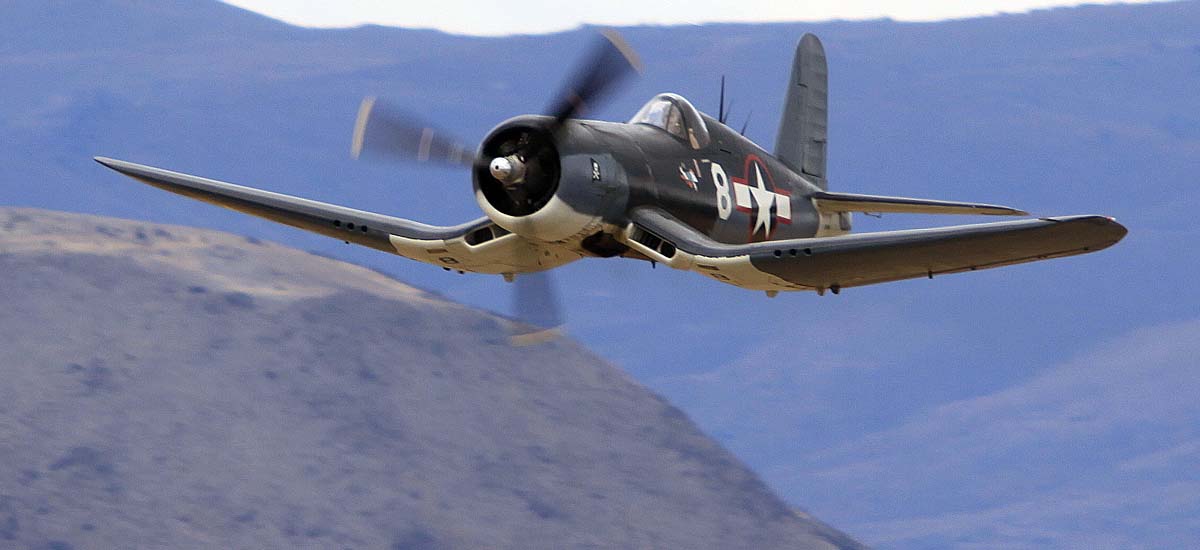
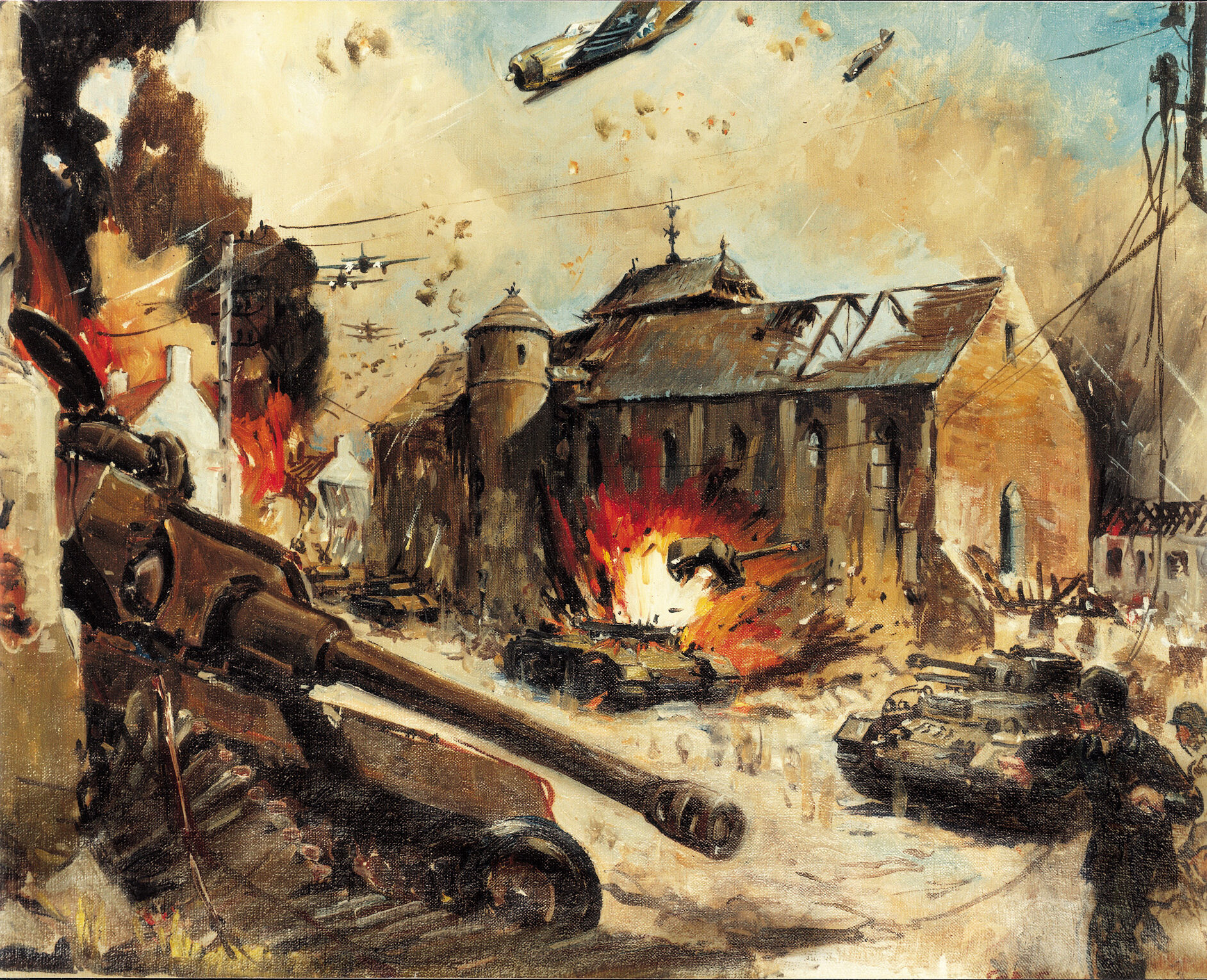
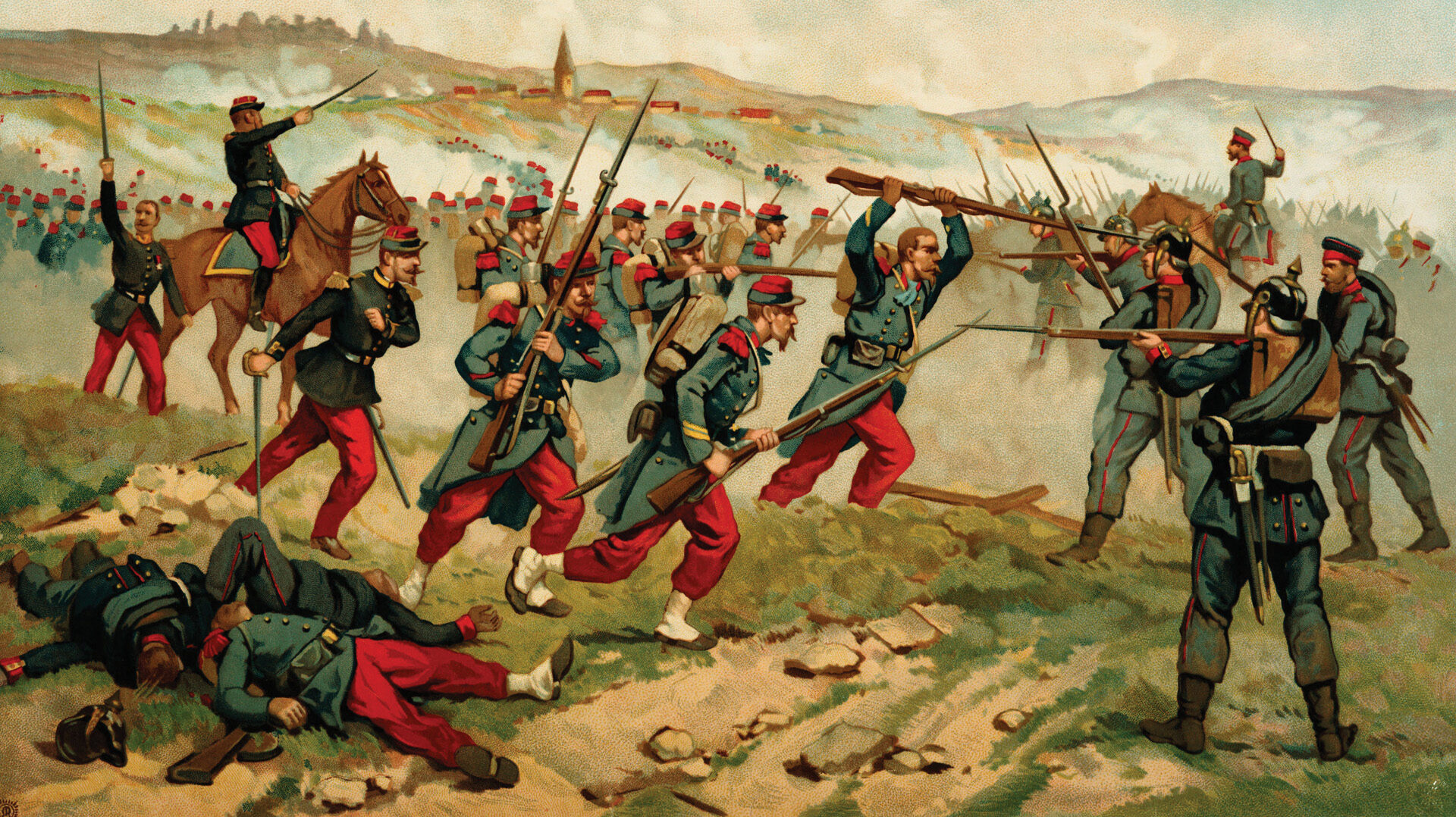
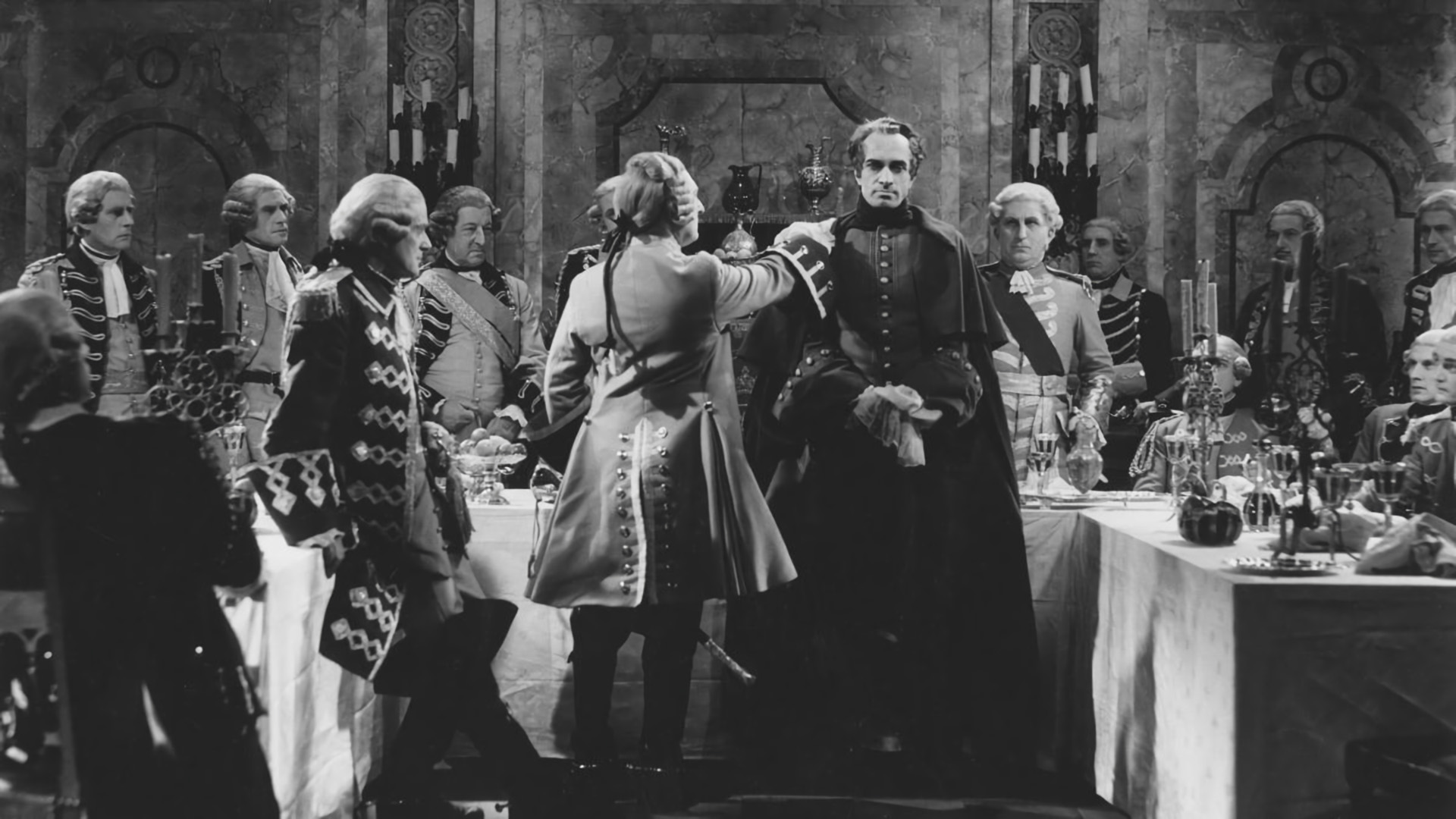
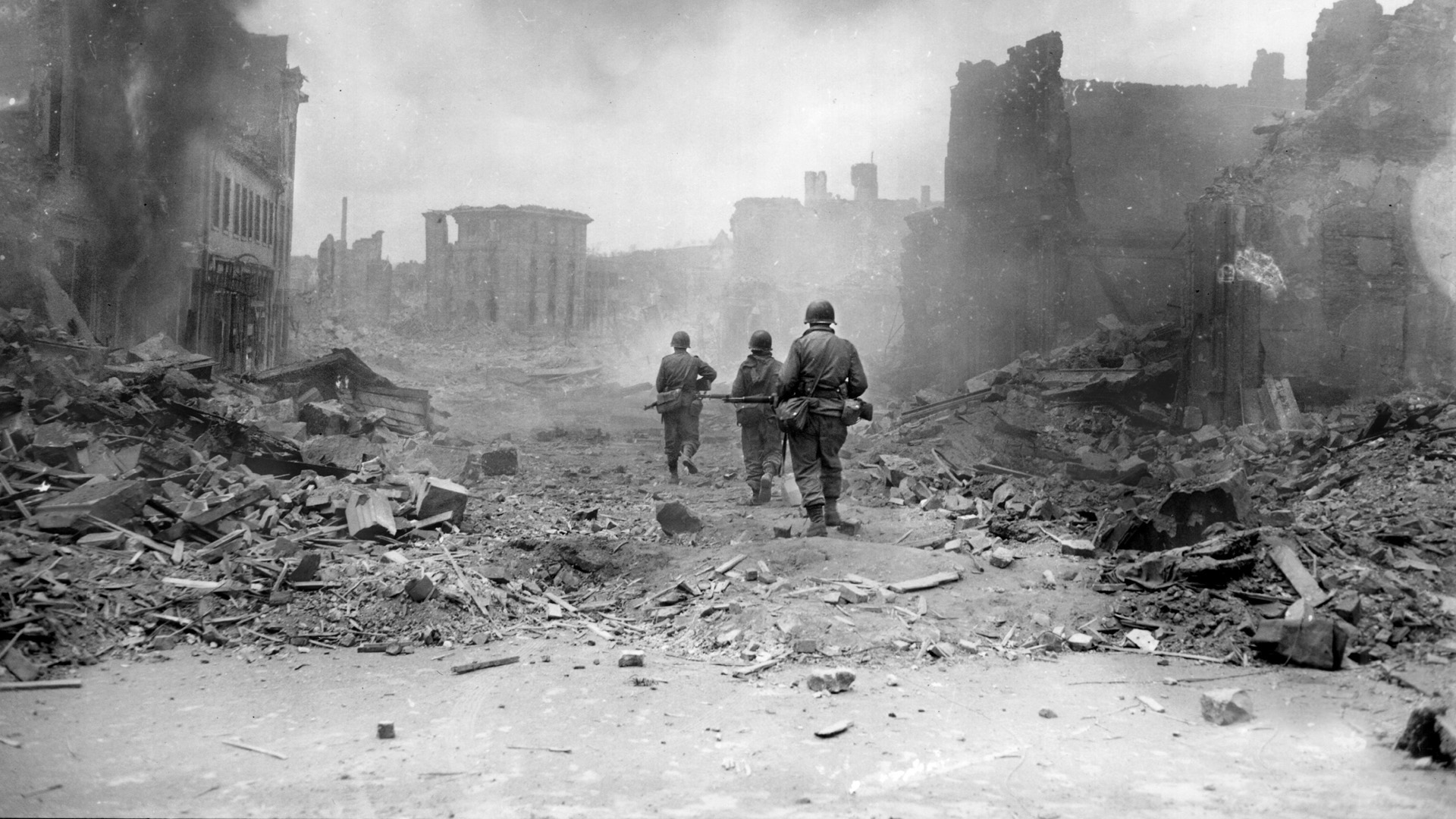
Join The Conversation
Comments
View All Comments